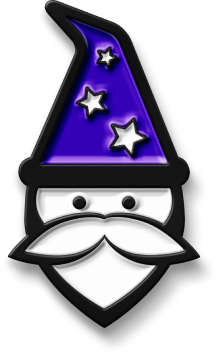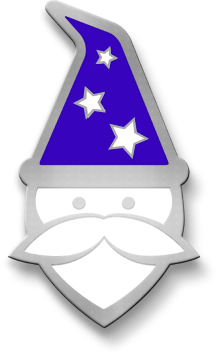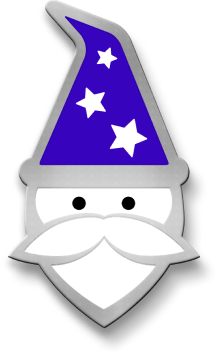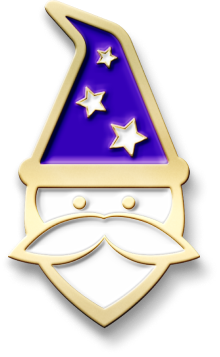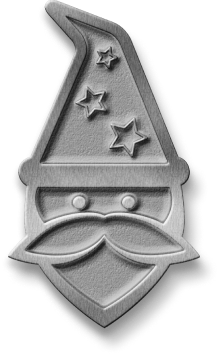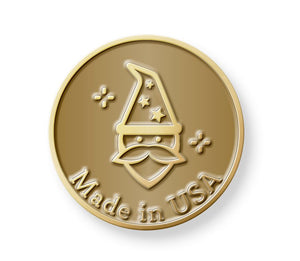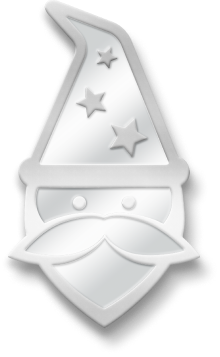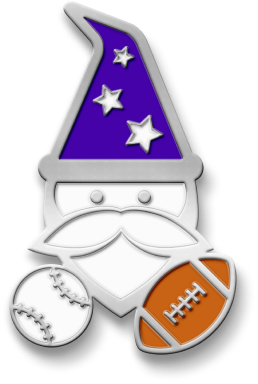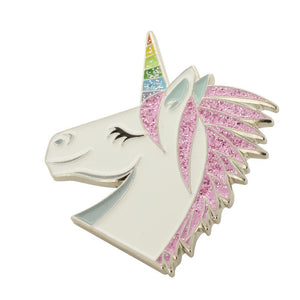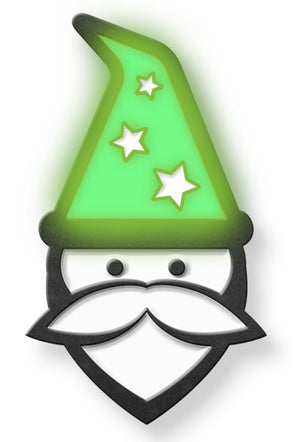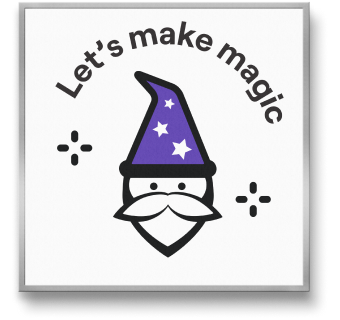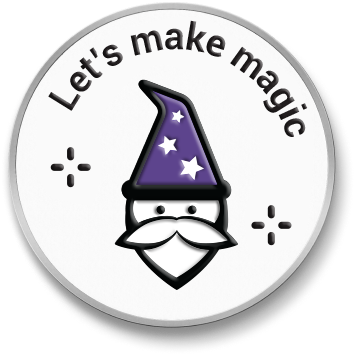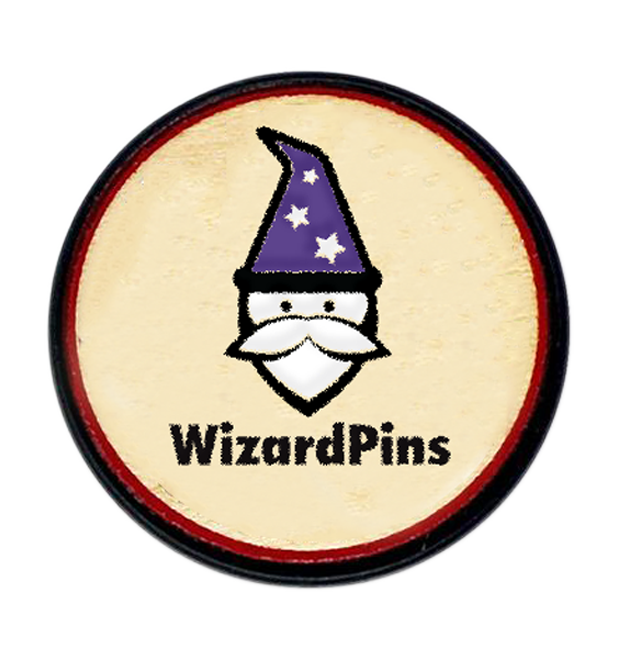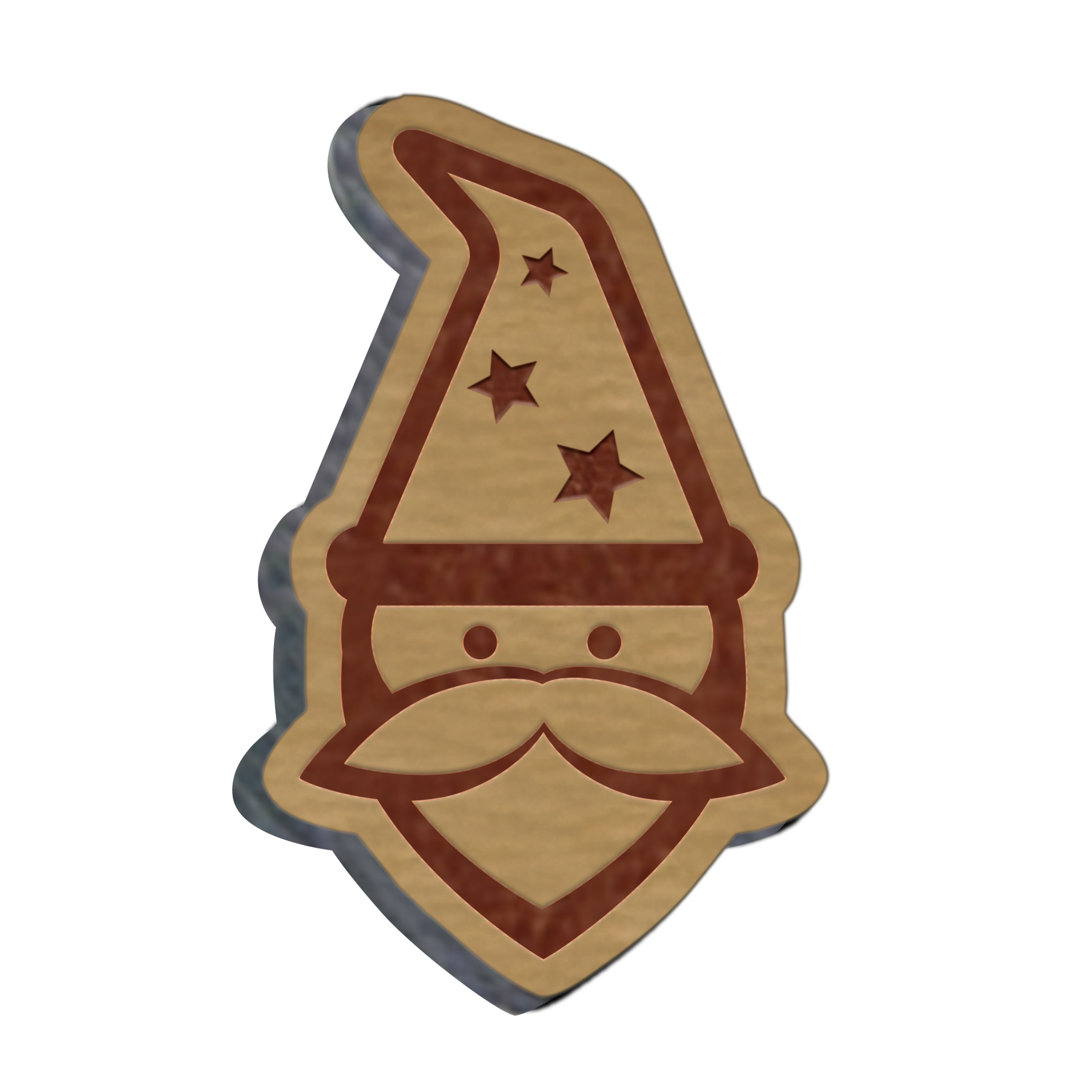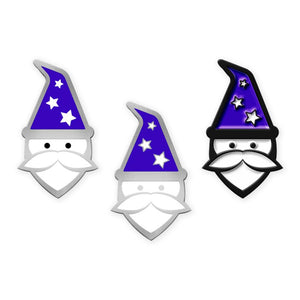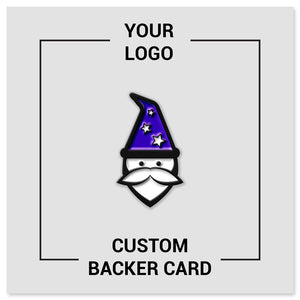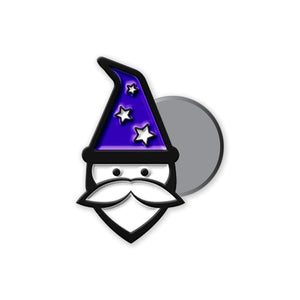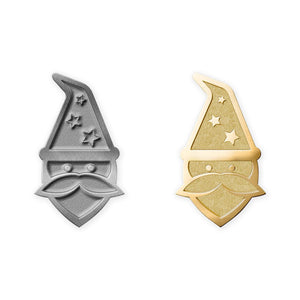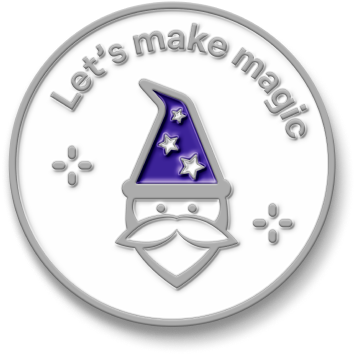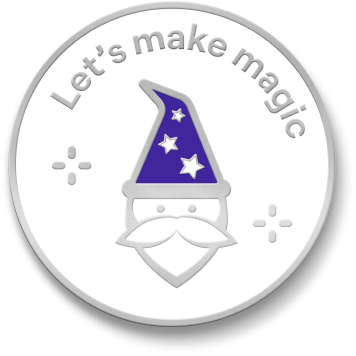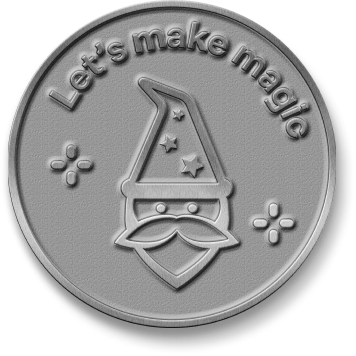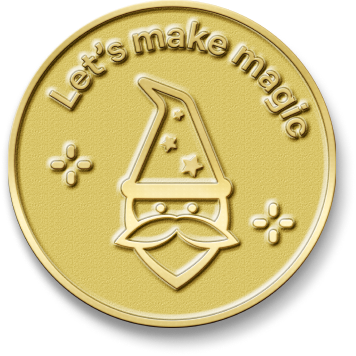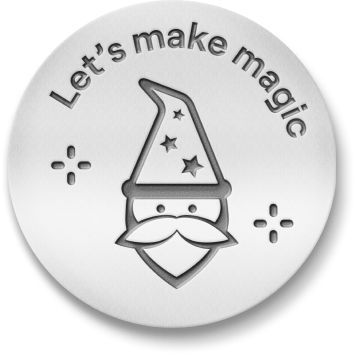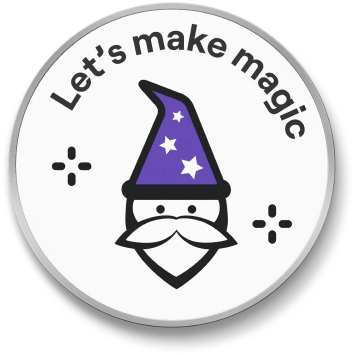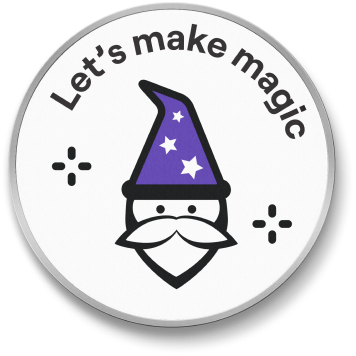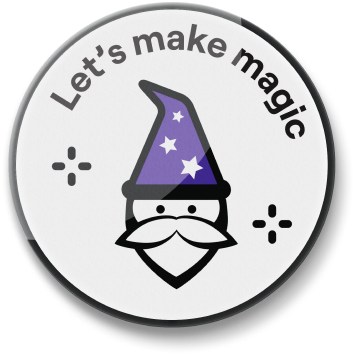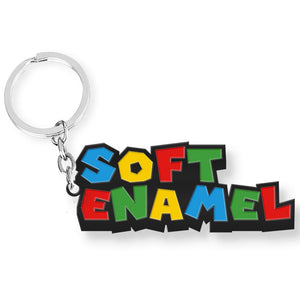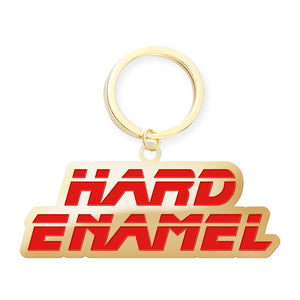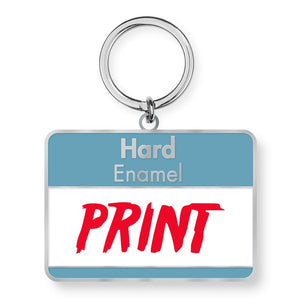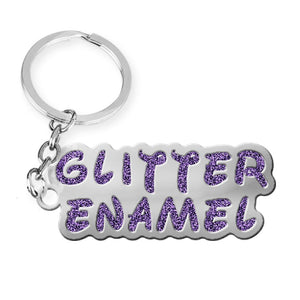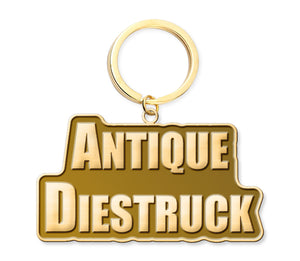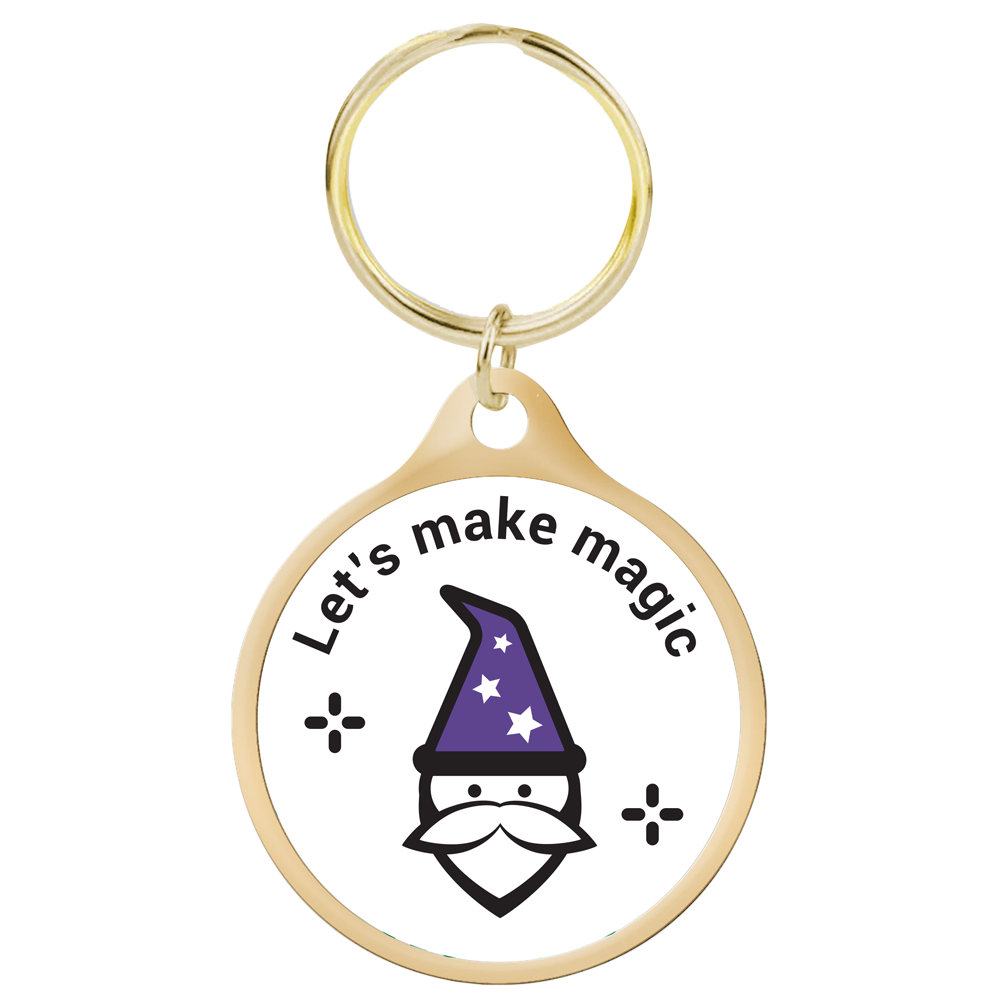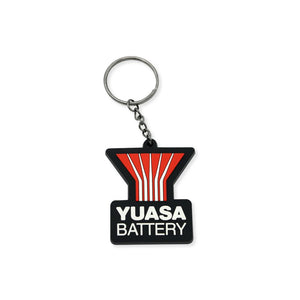Golf combines physical skill, mental strategy, and a strong connection to the natural environment to create a game that is enjoyed by golfers of all ages and skill levels. Unlike many fast-paced team sports, golf is leisurely; it is played at a slower pace and often individually or in small, intimate groups. It emphasizes precision, patience, and technique over speed and physical strength.
Golf as we know it today originated in Scotland during the 15th century. It began as a simple pastime in which players would hit a pebble around sand dunes using a stick or club. By the 18th century, golf had become a formal sport with standardized rules, equipment, and accessories, particularly with the founding of the Royal and Ancient Golf Club of St. Andrews in 1754, which became a governing authority.
Golf is much more than a sport; it's a lifelong physical activity that promotes wellness, etiquette, and social interaction. Walking an 18-hole golf course can cover as many as six miles, and moving your body at every age is important for improving cardiovascular health and building and maintaining endurance. Golf is also a game of focus and control, perfect for exercising the brain; mental focus and acuity need conditioning just like the body does.
Life skills are also important for playing golf. Players must practice patience, honesty, and respect as they move through the game, and they are responsible for keeping their scores and calling penalties. There are no referees or umpires; the game is governed by the character of the players.
Golf Terms You Should Know
Understanding basic golf vocabulary will help you learn the game, follow the rules, play more effectively, and communicate like a pro on the golf course.
Ball Marker: A small, flat object used to mark the position of a golf ball on the green
Birdie: A score for a hole that's one stroke under par
Bogey: One stroke over par for a hole
Bunker: A depression filled with sand, considered a hazard
Chip: A short shot intended to loft the ball into the air and land it softly on the green
Club: The tool used to strike the ball. Different clubs are used for different types of shots (e.g., driver, iron, putter).
Double Bogey: A score for a hole that's two strokes over par
Drive: A long shot, typically made from the tee with a driver
Eagle: Two strokes under par for a hole
Fairway: The well-maintained grassy area between the tee and the green
Fore!: A warning shout to alert others that a ball is heading their way
Green: The smooth, closely mowed patch of grass that surrounds the hole where putting takes place
Handicap: A numerical measure of a golfer's potential ability that's used to make competitions more fair. The lower the number is, the more skilled the player is.
Hazard: Any obstacle on a golf course, such as a water feature or sand trap (bunker)
Hole: Refers to both the target cup and the entire play area (tee to green)
Par: The number of strokes that a skilled golfer should take to complete a hole
Pin: The flagpole sticking out of the hole to help players see the hole's position from a distance
Putt: A soft shot made on the green to roll the ball into the hole
Rough: The taller, thicker grass that surrounds the fairway and green
Stroke: A single swing or attempt to hit the ball
Target Cup: The hole into which the golfer is trying to sink their golf ball
Tee: The area where a hole begins, or a small peg used to hold the ball off the ground
Tight Lie: When the ball is resting on very short grass or a firm surface, with very little or no grass underneath it
The Most Common Golf Clubs
Drivers: Used for longer-distance strokes
Fairway Woods: Used for long shots from the fairway or tee and offer more control than a driver
Hybrids: Combining the characteristics of fairway woods and irons, these clubs are good at varying distances and are good in roughs or tight lies.
Irons: Used for shots approaching the pin from different distances. Lower-numbered irons are for longer shots, mid-irons are used for medium distances, and high-numbered irons are best for accurate short-distance shots.
Putter: Used for final strokes on the green to roll the ball into the hole
Wedges: Used for short-distance approach shots, bunker play, and chips
Additional Resources
- So You Want to Play Golf
- How to Play Golf: For Beginners
- Test Your Knowledge of Golf Rules
- Reasons Why Everyone Should Play Golf
- Kids Can Learn to Golf
- A Practical Approach to Teaching Golf
- Introducing Youth to Golf
- Golf Accessories
- Golf Swing Fundamentals
- Custom Golf Ball Markers
- Stretching Before Hitting the Green
- Rules of Golf
